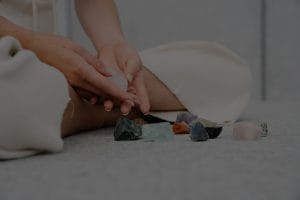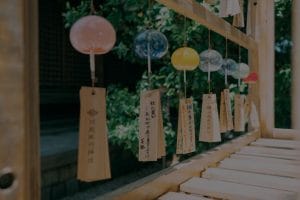**Abstract:** Discover the truth behind common Feng Shui misconceptions and learn effective strategies to enhance your living space. Uncover what truly works for harmony and balance in your environment.
Understanding Feng Shui: A Brief Overview
Feng Shui, an ancient Chinese practice, focuses on harmonizing individuals with their surroundings. Rooted in the belief that our environment impacts our well-being, Feng Shui employs various elements to promote balance and positive energy, or “Chi.” Many people seek to incorporate Feng Shui into their homes for better luck, health, and prosperity. However, numerous myths cloud its principles, leading to confusion about what really works.
Common Misconceptions: What Doesn’t Work
One prevalent myth is that simply placing a few Feng Shui ornaments guarantees success. While objects like crystals and wind chimes can enhance energy flow, they are not magical solutions. Feng Shui is more about the arrangement and energy in your space than just decorative items. Another misconception is that one-size-fits-all solutions exist. Every space is unique, and what works for one may not work for another. Personalization is key in applying Feng Shui principles effectively.
Creating Balance: The Importance of Layout
The layout of your space is crucial in Feng Shui. A cluttered environment can block the flow of Chi, leading to stagnation. Instead, focus on decluttering and organizing your space. Start by assessing each room and removing unnecessary items. A well-organized area not only looks appealing but also allows for better energy circulation. Consider the arrangement of furniture as well; positioning pieces to promote conversation and flow can significantly impact the ambiance of your home.
Color Psychology: Choosing the Right Palette
Color plays a vital role in Feng Shui. Each hue is believed to evoke specific emotions and energies. For instance, blues and greens promote calmness, while reds and oranges can energize a space. When selecting colors for your home, consider the mood you want to create. Harmonizing your color scheme with the purpose of each room enhances both aesthetic appeal and energy flow. Remember, it’s not just about trendy colors; it’s about how they make you feel.
Natural Elements: Embracing Nature’s Power
Incorporating natural elements is essential in Feng Shui. Plants, water features, and natural light can significantly enhance the energy of your space. Plants, for example, not only purify the air but also symbolize growth and vitality. Positioning them strategically can invite positive Chi into your home. Water features, like fountains, represent abundance and prosperity, making them excellent additions to entryways or living spaces.
Personalization: Making Feng Shui Your Own
The most effective Feng Shui strategies are those tailored to your personal preferences and lifestyle. Spend time understanding what elements resonate with you. Perhaps you find comfort in earthy tones or feel energized by bright colors. Your space should reflect your personality and support your well-being. Experiment with different arrangements and elements until you find the perfect balance that feels right for you.
Final Thoughts: Embracing Authentic Feng Shui
Understanding the truths behind Feng Shui can transform your living space into a sanctuary of positive energy. By debunking myths and focusing on practical applications, you can create an environment that nurtures your mind, body, and spirit. Embrace the power of Feng Shui by personalizing your approach, enhancing your layout, and incorporating natural elements. With these strategies, you’ll foster a harmonious atmosphere that supports your overall well-being and happiness.










